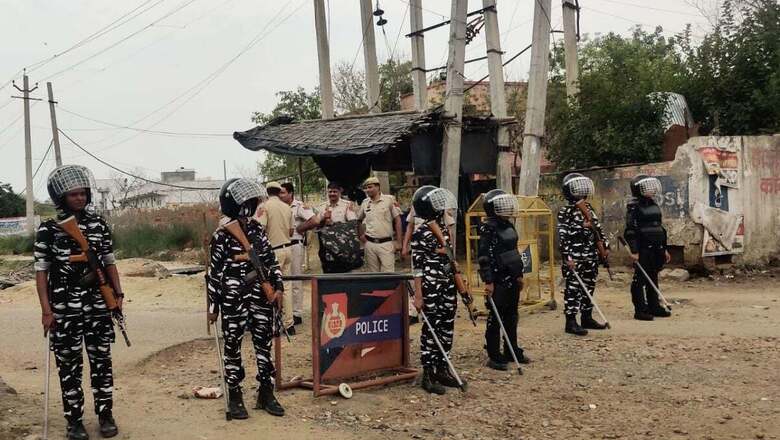
views
More than a fortnight after Haryana’s Nuh, Sohna and Gurugram were rocked by communal violence, fear is mixed with regret on Ground Zero. Senior citizens in village chaupals lament the proud history of Mewat, which has never witnessed any such incident even when riots would break out in other parts of India.
“We didn’t see any violence in 1947 when the country was partitioned. Even in 1992, after the Babri Masjid demolition, the entire country was on fire but Mewat remained an oasis of peace. But, everything is in tatters now,” said a retired school teacher Junaid, sitting at Badkali Chowk.
Ahmed Khan agrees: “There was finally some development in Mewat. The Delhi-Vadodara highway crosses from here. New roads, an underpass and godowns were to be constructed. We thought, finally an economic boom will come to these backward parts. But who will invest now with so much tension? Mewat has gone back 50 years.”
The two had come to express their condolences and support to businessman Shiv Kumar Arya, whose oil mill was looted, vandalised and set on fire by a mob on July 3. When CNN-News18 reached the mill, which was completely gutted, Arya and his Muslim workers were sifting through debris, trying to salvage what was left of their mustard sacks.
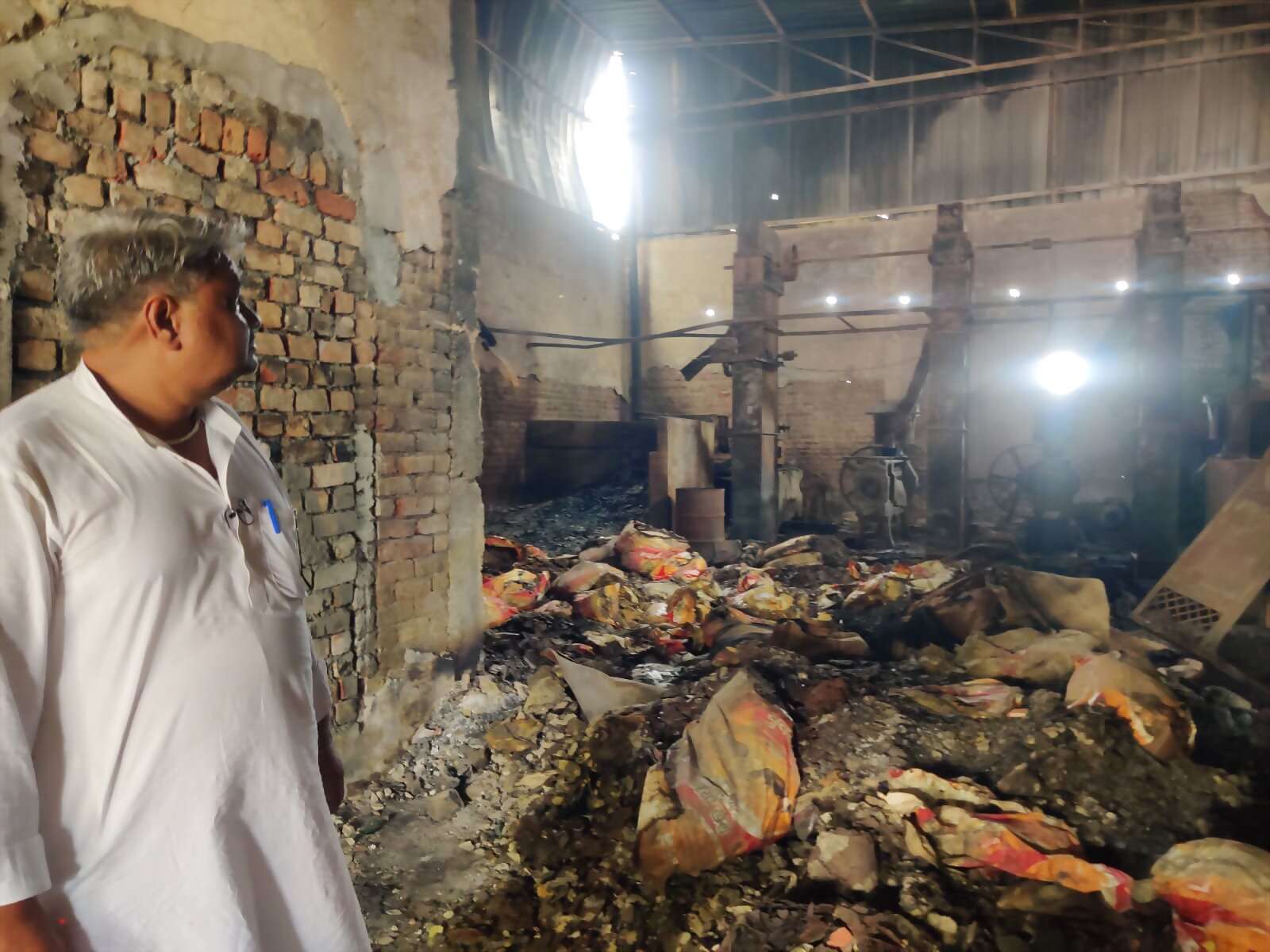
“The Badkali Chowk is just 100 metres from here. We could see the mob gathering. My neighbours said, ‘Lala ji, why take a risk, close the shop and go home.’ An hour later, I got news that they had set my mill on fire. One by one, all the drums were opened to let the oil flow. I lost more than Rs 2.5 crore. Which Hindu will stay here if this is our fate?” Arya said, surrounded by the sooty walls of what was once his oil mill.
Just a kilometre or so away, at Bhadas village, CRPF personnel guard the ‘gurukul’. A ‘halwai’ (sweet maker), Shakti Singh, was beaten to death here. Jaina Devi, his widow, is still grieving and unable to comprehend what happened.
“He just told me he will go and check on his younger brother, who was at the ‘gurukul’ when violence broke out in Nuh. We kept trying his mobile phone but got no response. At night, police said his body was found,” Jaini Devi sobbed, surrounded by her four children and village women.
Shakti’s elder brother Sukhbir Saini said living as a minority in this area, where Hindus are fewer than 10 percent of the population, is not easy. But this incident has shaken them even more. “I am associated with the BJP but my brother did not have any political affiliation. When we saw his body, we realised that the mob had used rods and sticks. There were injuries all over,” Saini said.
The family, however, acknowledges that Muslim neighbours have stood by them. The local sarpanch, Sarfaraz, said they tried to protect the ‘gurukul’ twice but were outnumbered by the mob. “We had gone to save the ‘gurukul’ after local police reached out… First a group of 50 men came to set the ‘gurukul’ on fire, we stood guard and repelled them. An hour later, a mob of 200 came with local-made guns, rods and other weapons. One of them said shoot the sarpanch so that all of them disappear… we saved the ‘gurukul’ building but no one saw when and how Shakti was killed,” Sarfaraz said.
Locals, outsiders or lax police: Who is to be blamed?
Most local residents feel police inaction is to be blamed for the riots, which spread from Nuh to Gurugram and even caused tension in Delhi, Faridabad, Palwal and Bhiwani. Outside the Nalhar Mahadev Mandir, a number of cops keep an eye on those who come in and out of the temple.
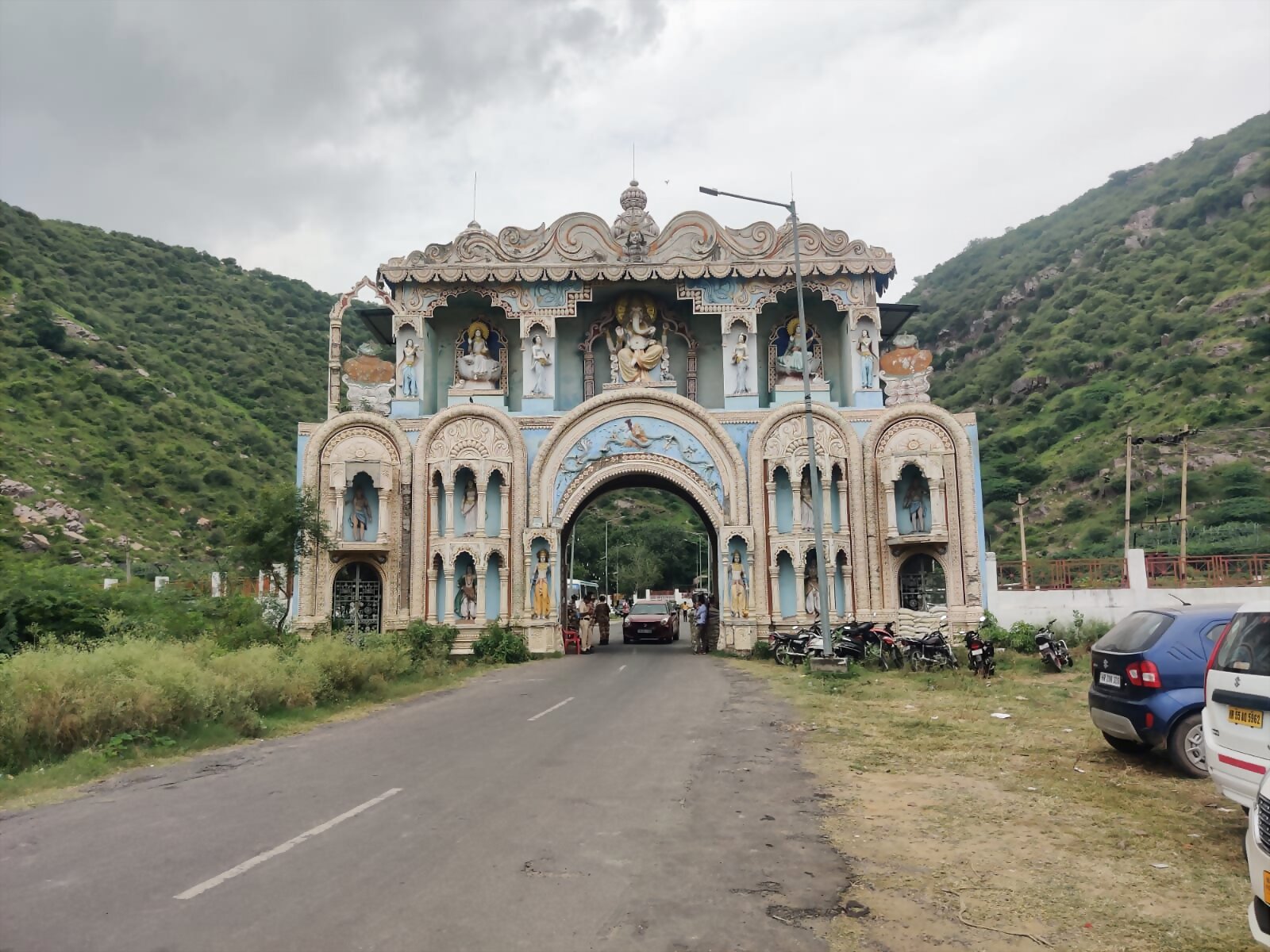
But Rakesh Singh, a local resident, said on the day of the violence, police were outnumbered and unprepared. Ganga, a nurse at the Nuh hospital, said she treated people with bullet wounds on July 31. “Yatras have happened earlier, too, but there was no tension. Mewatis are not aggressive people. But I don’t know what happened that day. From these hills around the temple, we could hear firing. I treated policemen, devotees, bystanders… we never had so many patients in one go. Many had bullet wounds,” she said.
One of the first to be killed was home guard Neeraj Lall. His father Chiranji, an army veteran, said, “I fought in Batalik during the Kargil War. So many of my buddies were martyred but God saved me. Today, however, he has taken away my son. I could fight the enemy on the border, but couldn’t save my son in my own country from the enemy within,” he said, clutching onto Neeraj’s identity card.
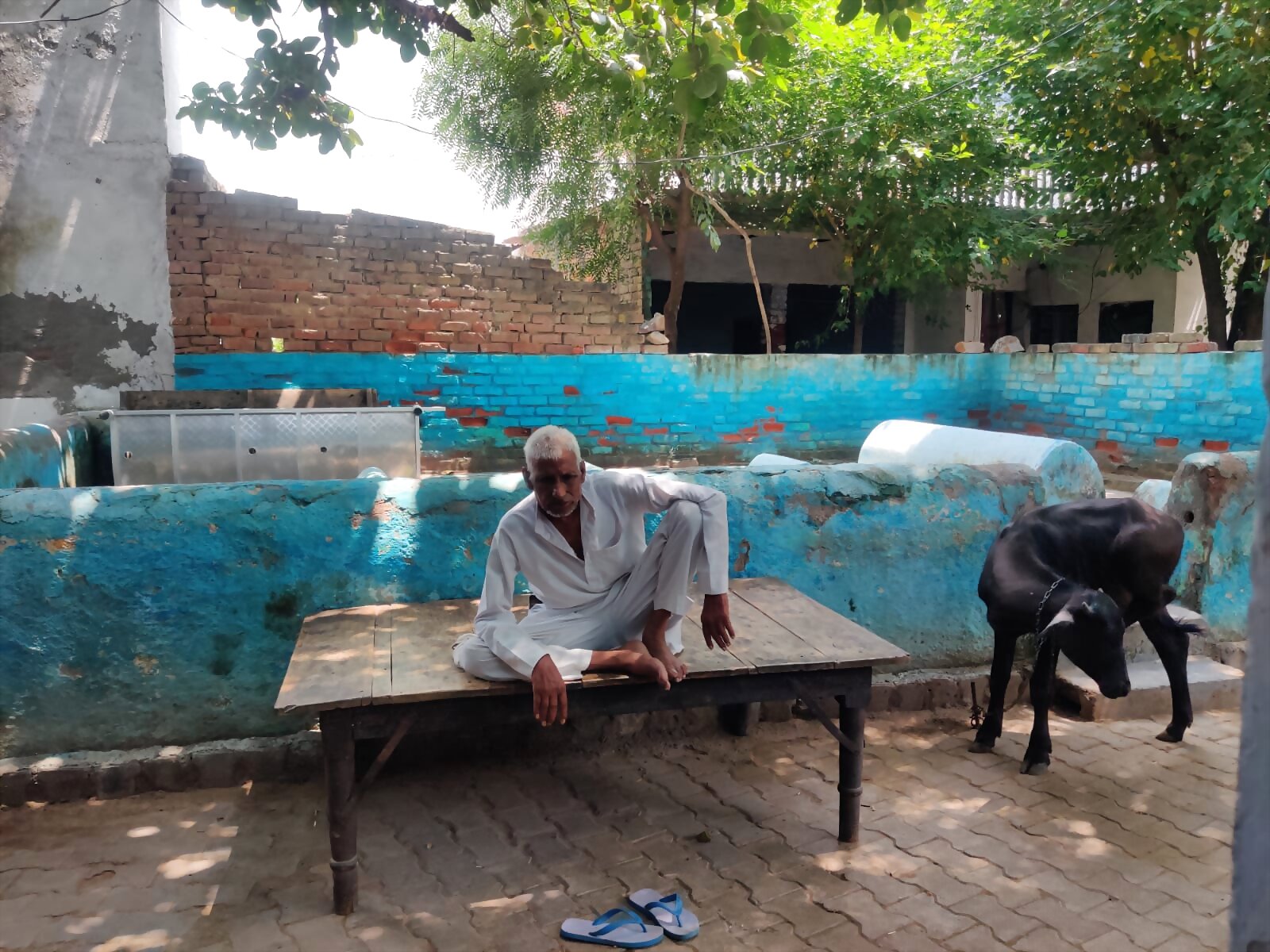
Neeraj’s company was brought in from Manesar as an additional force. Haryana police said 10 companies were brought from Rewari, Manesar and other areas for the yatra. But, clearly they were outnumbered.
Rajan, a resident of Nuh, questioned why it took six hours for the Rapid Action Force to be deployed, which gave rioters ample time to have a free run. Questions are also being asked about the identity of the rioters.
Muslim residents of the Nuh villages said fearing police raids, many young men have fled or are sleeping in farms at night to make an easy escape. They also acknowledged that some local residents were involved but claimed that a majority of the rioters came from “outside”.
A preliminary assessment by local police also seems to show that mobilisation was done in Rajasthan. “There was some undercurrent in Bharatpur; some mobilisation happened there. But whether the riots were spontaneous or planned is a matter to be probed,” ADG (law and order) Mamta Singh told News18.
Tension in the second leg of the yatra
Nuh is wary of a second yatra on August 28. The Vishva Hindu Parishad (VHP) has given a call for it but police said they have not received a formal request. At the Shiva temple in Nuh, devotees like Rakesh Bhardwaj are back to offer jal to ‘Bholenath’ on yet another Monday.
“Everything is fine inside. Bhandara is happening, pooja is going well. If another yatra happens, that too will go off peacefully,” he said.
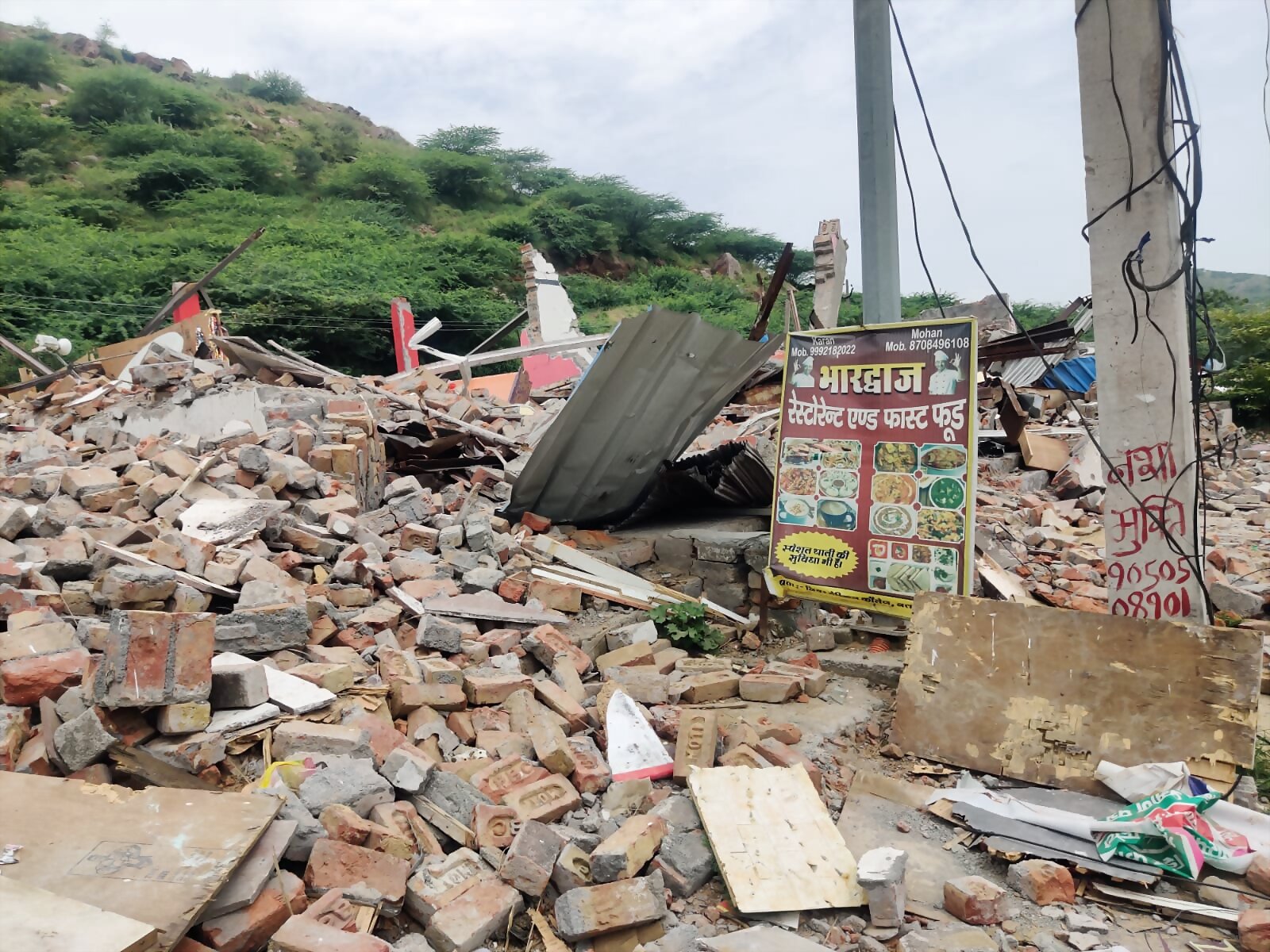
Shahid from Nuh, however, said he wants police to ensure proper ‘bandobast’ if another yatra takes place. Police have arrested 500 people so far, including the likes of Bittu Bajrangi who allegedly fuelled tensions with his inflammatory social media posts and then obstructed police at the yatra.
Mamta Singh said Bajrangi and his men were carrying swords, rods and tridents to the yatra. When the additional superintendent of police stopped them from carrying weapons, the cow vigilante and his men allegedly got into a scuffle with police, snatched the seized weapons and escaped from custody.
His arrest is being seen as a positive development; but questions are being raised on pending action against legislator Mamman Khan and wanted cow vigilante Monu Manesar, both of whom allegedly delivered inflammatory speeches in the run-up to the yatra.
















Comments
0 comment